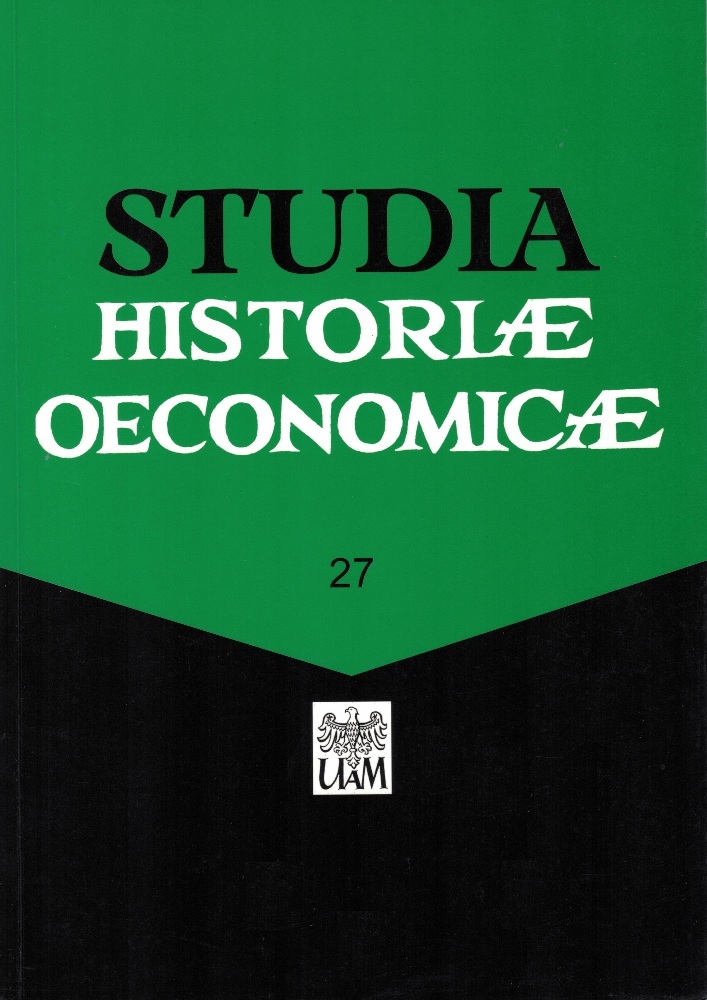Abstract
The study of the non-economic activities of industrialists and managers of private, state, municipal or various institutional and organizational capital is neither an easy nor a rewarding task. There is a lack of documents that would prove their social and political activity. Even memoirs are a rarity in the case of representatives of this social group - in contrast to landowners and the intelligentsia. Despite everything, it is known that the Polish bourgeoisie played a significant role in the development of national and state consciousness in those parts of society on which it had a direct economic influence. It also took a stand on Poland's independence and expressed its position in the last years of the First World War, it influenced the reconstruction of all areas of economic life, participated in the preparation of relevant materials for the Paris Peace Conference in 1919 and in the delimitation of borders. The previous assessment of the bourgeoisie, which results from class positions and the Christian doctrine expressed in the encyclical Rerum novarum, should also be ignored. Its sphere of influence was much wider - although not always noticeable and recognized - than would be apparent from scattered and fragmentary sources. The bourgeoisie had not created its own political party, but its representatives can be found in a number of camps, from right to left.
License
© by Institute of History, Adam Mickiewicz University, Poznań, 2009
OPEN ACCESS





